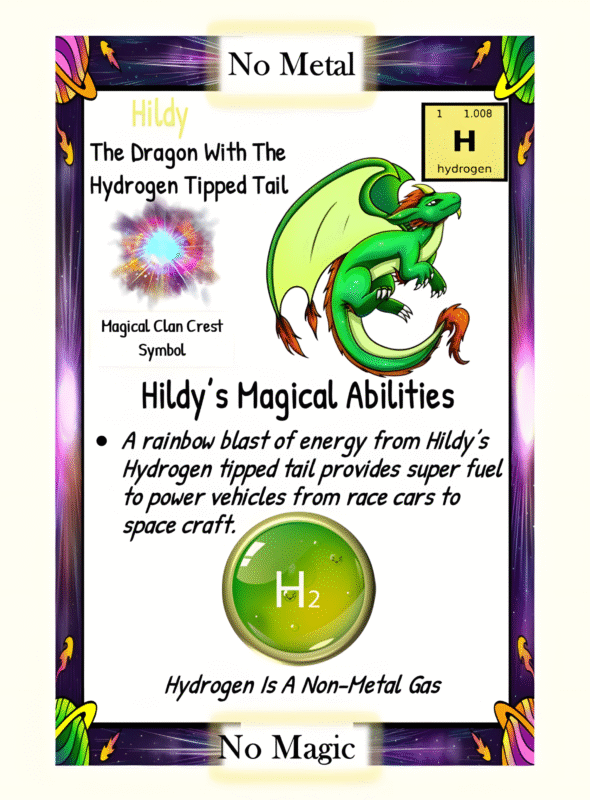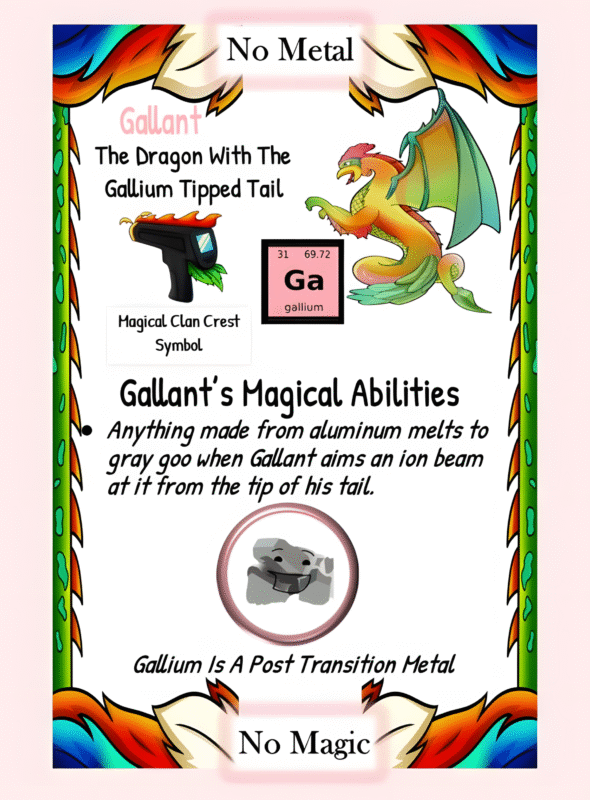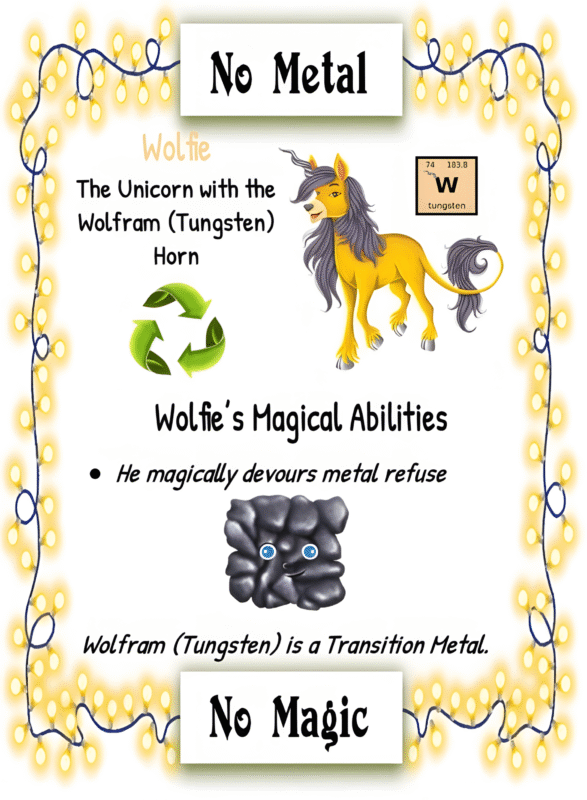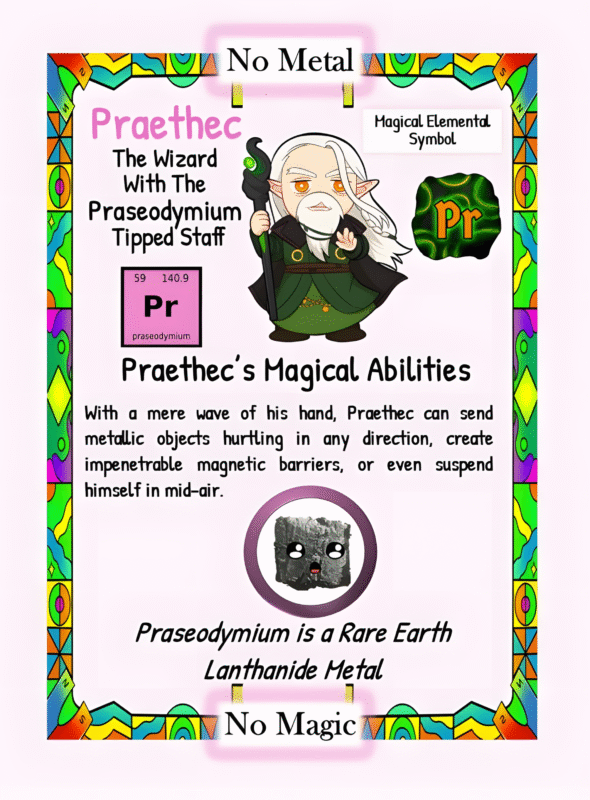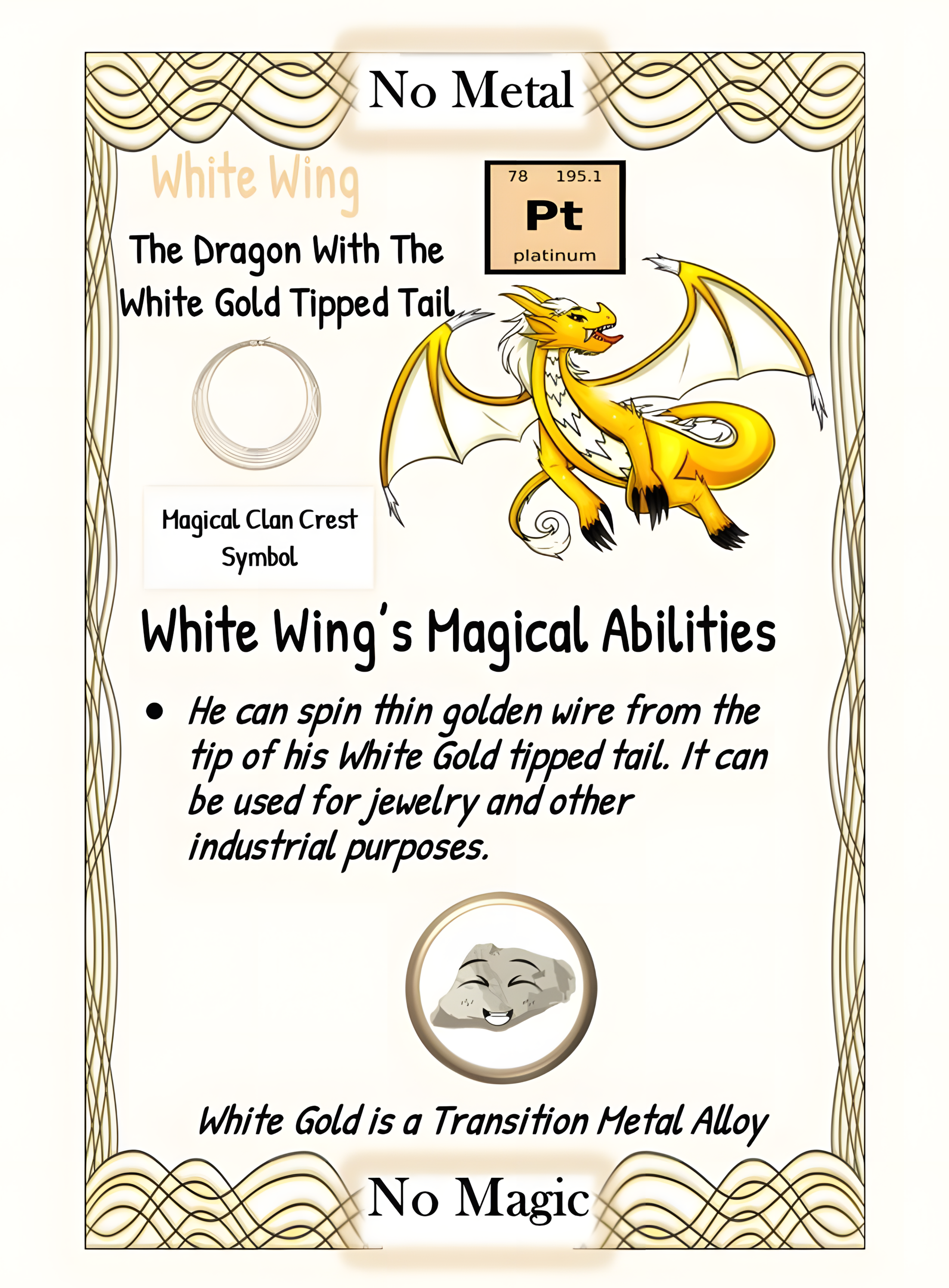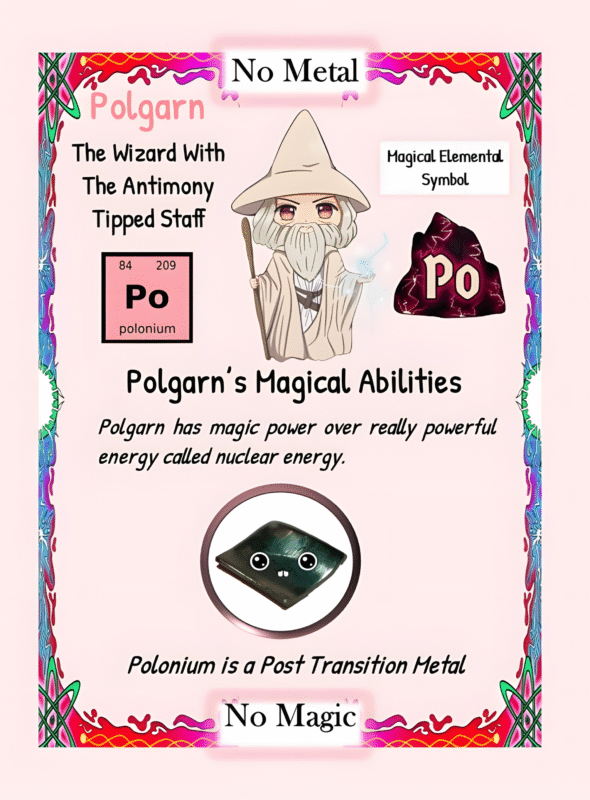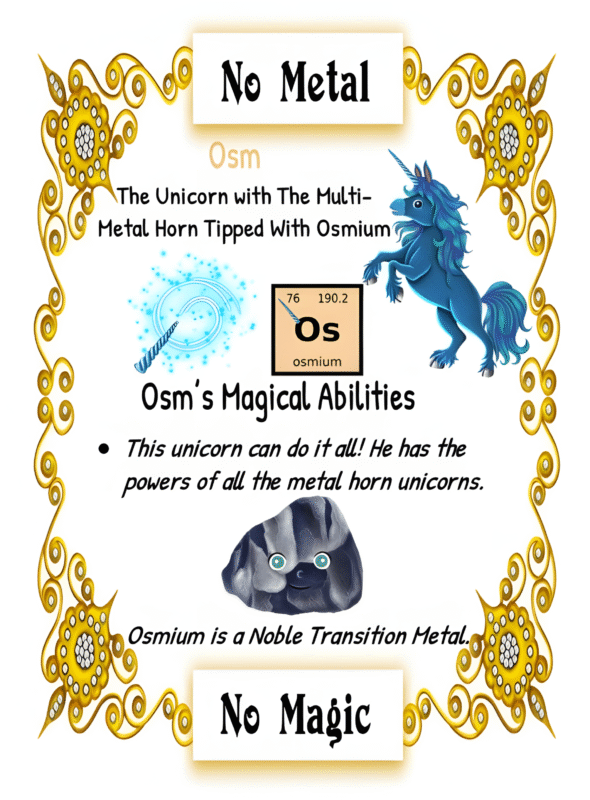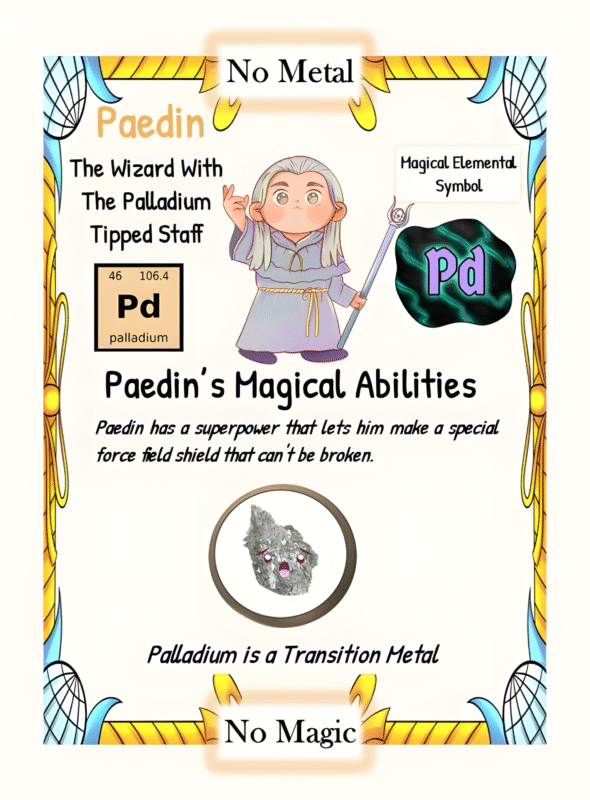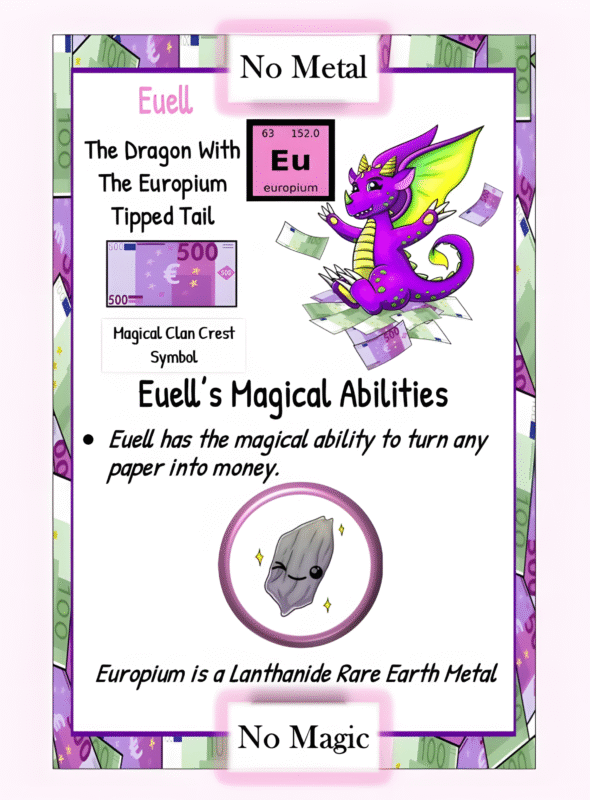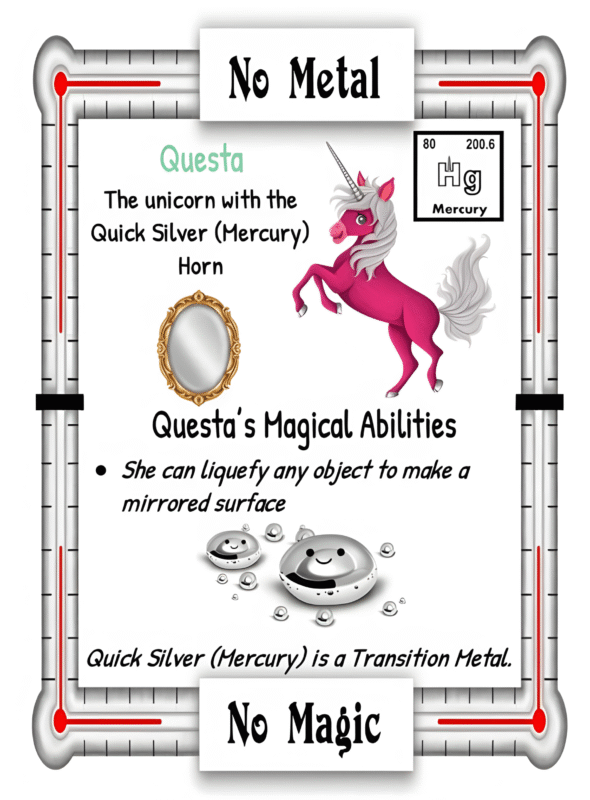The Early Applications of Rubidium: A Fascinating Journey from Novelty to Obsolescence
Rubidium, a silvery-white alkali metal, made its debut in the scientific world in the early 1860s. It quickly gained attention for its unique properties and potential applications in various fields. While it held promise in its early years, the use of rubidium gradually declined due to several limitations and the emergence of more suitable alternatives. In this article, we will explore the first uses of rubidium and delve into the reasons behind its eventual obsolescence.
Early Excitement and Applications:
Photocells: During the 1960s and 70s, rubidium found applications in the manufacturing of photocells due to its unique electron emission properties when exposed to light. These photocells were utilized in various light-sensitive devices, such as photomultiplier tubes and photovoltaic cells.
Spectroscopy: One of the first significant applications of rubidium was in spectroscopy, specifically flame and atomic absorption spectroscopy. The element’s characteristic spectral lines allowed scientists to explore its behavior and understand atomic properties. Rubidium spectroscopy played a vital role in advancing our understanding of atomic structure.
Atomic Clocks: In the mid-1950s, rubidium’s remarkable resonance and stability made it an excellent candidate for atomic clocks. Rubidium atomic clocks became essential in scientific research, telecommunications, and navigation systems. Their higher accuracy, lower cost, and smaller size compared to traditional quartz-based clocks made them highly attractive.
Limitations and Emergence of Alternatives:
- Radioactive Isotopes: One of the main limitations of rubidium was the presence of natural radioactive isotopes, which could cause potential health hazards in certain applications. This led to concerns regarding safety and significant regulations in some industries, limiting the use of rubidium.
- Cesium and Other Elements: The emergence of cesium as an alternative in atomic clocks led to a decline in the use of rubidium. Cesium clocks offered even higher precision, making them more desirable for accurate timekeeping and synchronization in various applications. Additionally, other alkali metals such as sodium and potassium proved to be more suitable in certain chemical reactions as substitutes for rubidium.
- Expense and Availability: Rubidium’s relatively high cost and limited availability also contributed to its declining use. Being a less abundant element compared to others in the same group, mass production of rubidium was challenging and costly, hindering its widespread adoption in industries.
The early uses of rubidium in spectroscopy, atomic clocks, and photocells played a crucial role in advancing scientific knowledge and technology. However, despite its initial promise, rubidium faced several limitations that gradually diminished its popularity. Safety concerns surrounding its radioactive isotopes, the emergence of superior alternatives like cesium, and its high cost and limited availability collectively rendered rubidium less attractive for various applications. While rubidium may have declined in usage, its historical contributions to scientific exploration cannot be understated, and its unique properties continue to be valued in niches where its advantages outweigh its limitations.the same functions without the harmful consequences.
This article is brought to you by Sybrina Durant, the author of the middle grade picture book, Magical Elements of the Periodic Table Presented Alphabetically By The Elemental Unicorns. Learn More. In that book Rubidium is presented by the unicorn, Ruby.
Inter-Active Elemental Fantasy-Themed Periodic Table from Magical Elements of the Periodic Table Presented Alphabetically by The Elemental Dragon Clan
Click here to use This Inter-Active Viewer To Learn More About The Elements Each Elemental Represents On This Periodic Table. Want this in a 24″ x 36″ Poster? Click here.
Sybrina Publishing Offers Fun Activities Based On The Book
Magical Elements of the Periodic Table Magical Elementals
Browse Magical Elemental Activities at MagicalPTElements or Sybrina-Publishing on TPT or Classful








